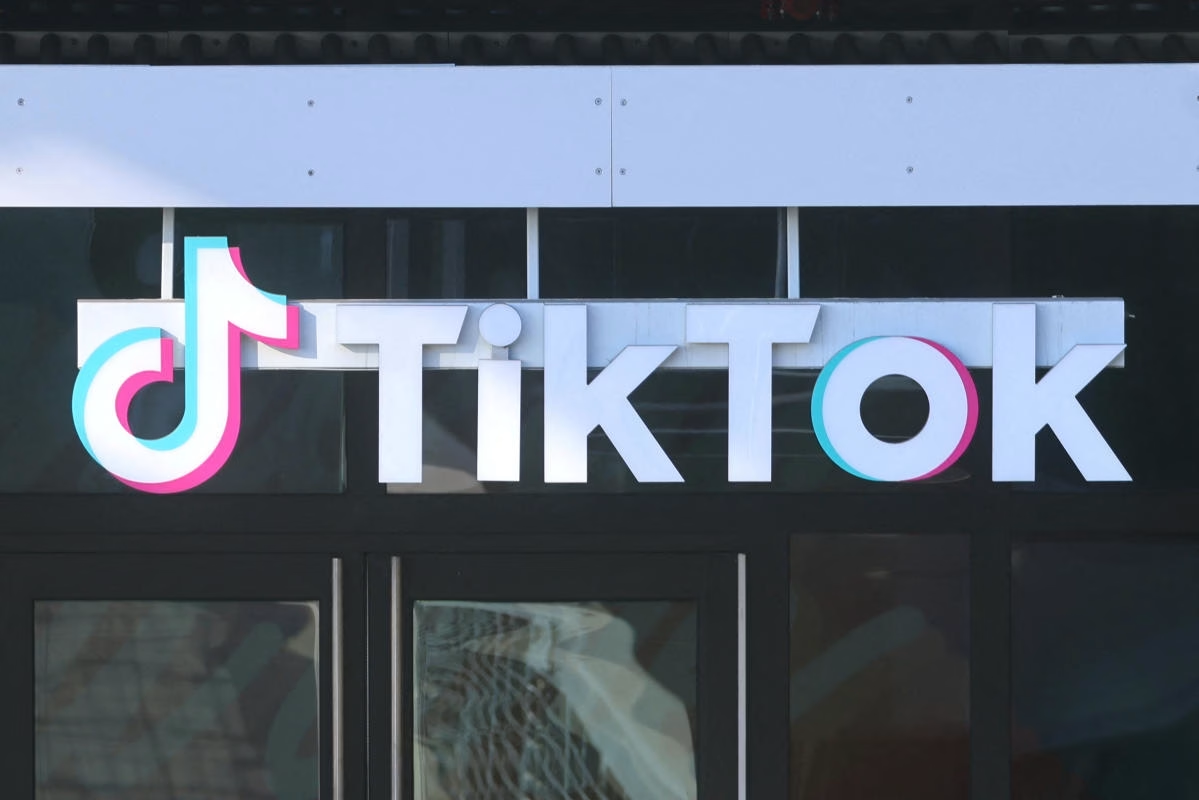TikTok Overhauls Creator Subscriptions: New Payout Model Ignites Debate
TikTok has officially rolled out a significant revamp to its creator subscription payout model, a move that began on October 28, 2025. This isn't just a minor tweak; we're talking about a fundamental shift from the previous 50/50 revenue-share model to a tiered system with performance-based multipliers. The change, initially highlighted by Mashable, aims to put more cash into the pockets of top-tier creators, while simultaneously raising concerns among emerging and mid-tier talent about potential earnings volatility.
Unpacking the Tiered Payouts and Eligibility
So, what exactly does this new system entail? Creators participating in TikTok’s Creator Rewards Program will see their earnings influenced by engagement multipliers. If you're a creator consistently hitting over an 80% engagement rate, you could see a 1.5x multiplier on your subscription revenue. Pretty sweet, right? But if your engagement dips below 50%, you're looking at a 0.8x multiplier. That's a real hit, and it creates a direct incentive – or perhaps, pressure – for creators to constantly chase viral success.
Fans, meanwhile, can still subscribe across three familiar tiers: basic ($4.99/month), premium ($9.99/month), and VIP ($19.99/month). The base eligibility for creators remains consistent, requiring 10,000 followers and 100,000 video views within the last 30 days. Payouts are now processed bi-weekly, with a $50 minimum threshold. And, for what it's worth, TikTok is even rolling out an AI-powered "Engagement Boost" tool next month, which it says will help creators optimize content for those crucial multipliers. They're not leaving creators completely in the dark, that's for sure.
Beyond the numbers, the platform is also introducing "Loyalty Streaks" as a differentiator. This unique feature aims to reward creators for retaining consistent subscribers, potentially adding up to an extra 10% to their payouts. It's an interesting twist that aims to foster longer-term fan relationships, something other platforms don't quite offer in the same way.
Community Divided as Experts Weigh In
Industry experts are watching closely. Sarah Bond, a tech analyst at Forrester, called it a "smart pivot" for TikTok but warned of a potential "creator exodus" if the system isn't carefully balanced. Dr. Mia Chen, an economist interviewed on CNBC, pointed out that this tiered model could widen the income gap within the creator economy, echoing similar concerns seen in other gig economy models. And then there's the regulatory side; EU regulators are already investigating if TikTok’s new model runs afoul of fair competition laws under the Digital Markets Act.
TikTok, for its part, has issued statements emphasizing its commitment to "empowering creators" and ensuring "transparency." They’re listening to feedback, they say, and will monitor impacts closely. ByteDance, TikTok's parent company, framed the changes as "data-driven" to foster long-term success.
Global Implementation and What's Next
The rollout isn't uniform globally. While the US market saw full implementation on October 28, the EU and UK are looking at a November 5 launch, pending GDPR reviews and additional transparency requirements. In Asia-Pacific regions, a phased rollout is set to begin on October 30, often with localized pricing to improve accessibility. For instance, India will see subscription tiers as low as $2.99/month.
Looking ahead, TikTok has already teased "Phase 2" expansions for early 2026, which are expected to include more AI-driven content recommendations aimed at further boosting creator payouts. It's a clear signal that the platform sees direct fan monetization, rather than just ad revenue, as a crucial part of its future strategy. This shift could very well redefine how creators on TikTok earn a living, pushing a greater emphasis on consistent, high-engagement content. Will it pay off for everyone? That remains to be seen.
